ChatGPT, Write me my Novel
Think ChatGPT can finish your creative writing exercises? Let’s find out! In this episode we’re testing the cutting-edge artificial intelligence on some old school writing prompts. We dug out our copies of John Gardner’s The Art of Fiction and typed in two of the back-of-the-book exercises. Faster than you could say “Any sufficiently advanced technology is indistinguishable from magic” out came … words. Listen to us workshop those word: the good, the bad, and the ugly.
Then, having proved we’re still at bit away from having an AI write our novels, we returned to Scene and Structure and our own literary self-improvement. In the final chapters of the Jack Bickham’s book, we learn the secrets to ending chapters and take a dive deep into how a full novel is structured (especially that boggy middle).
Read More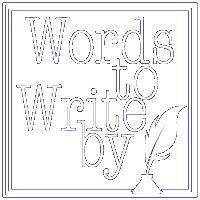
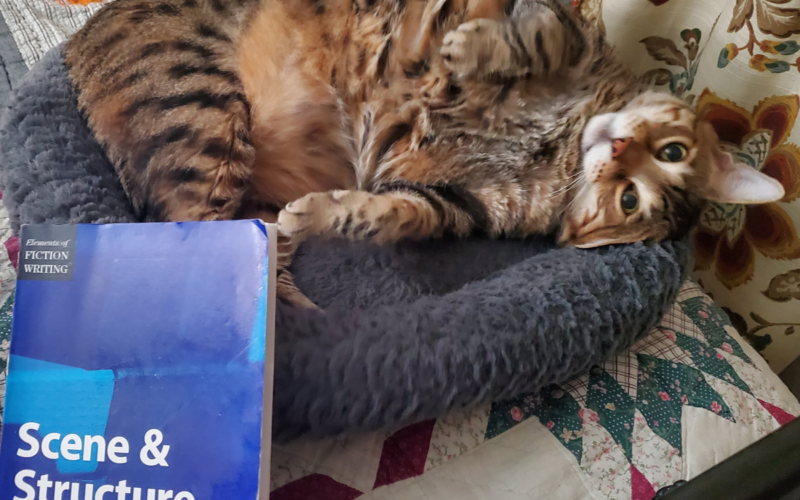
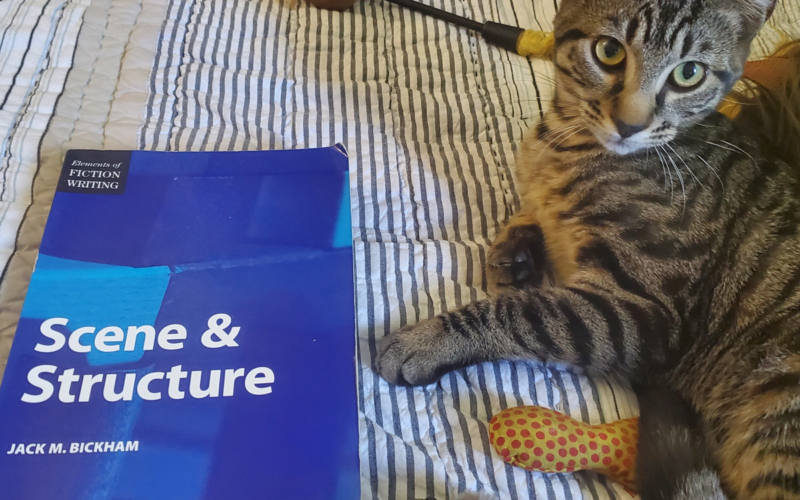
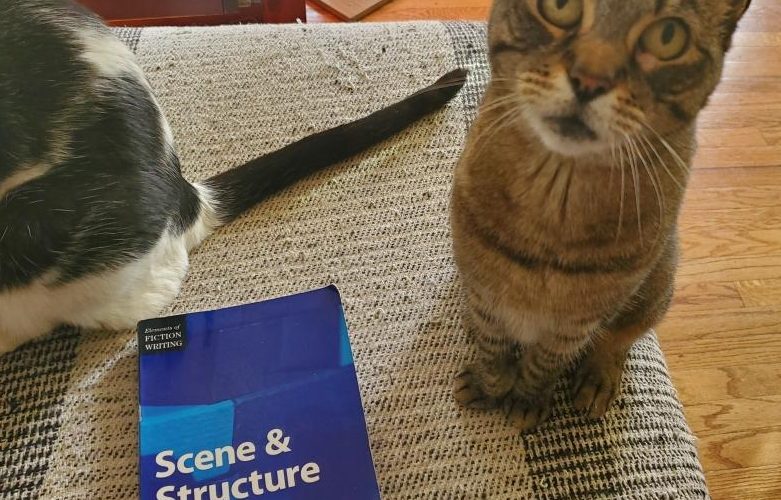
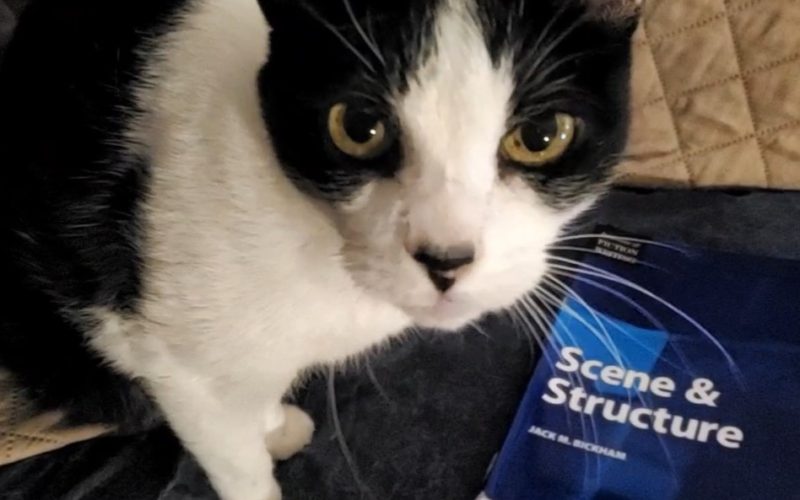
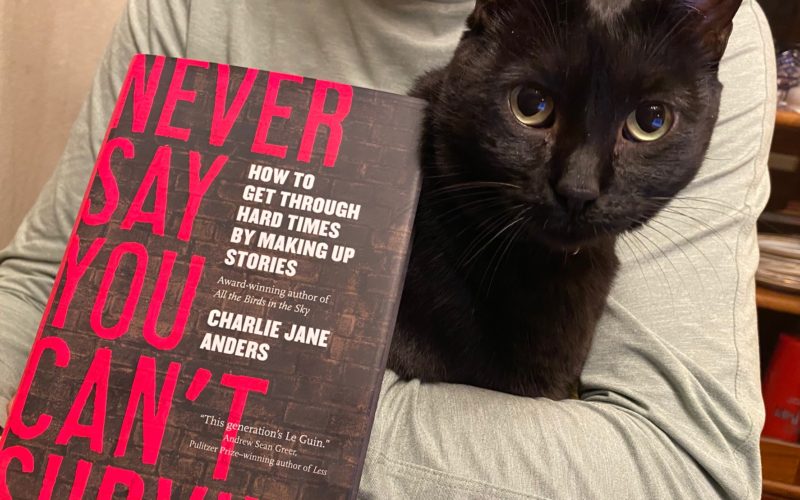
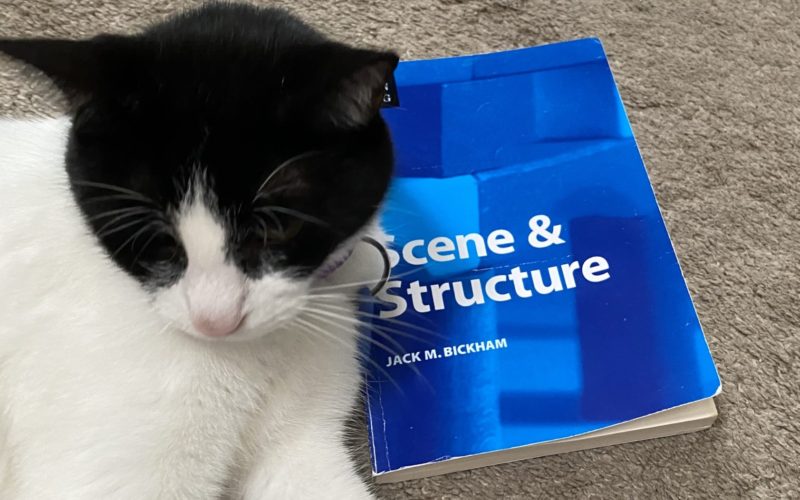

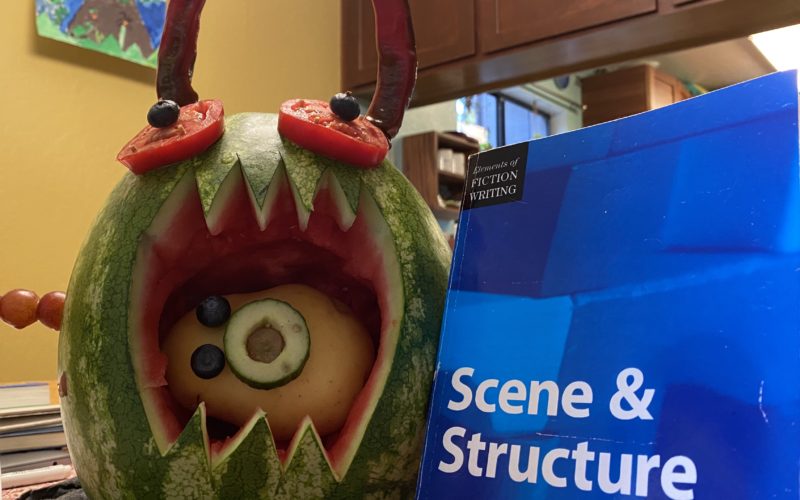
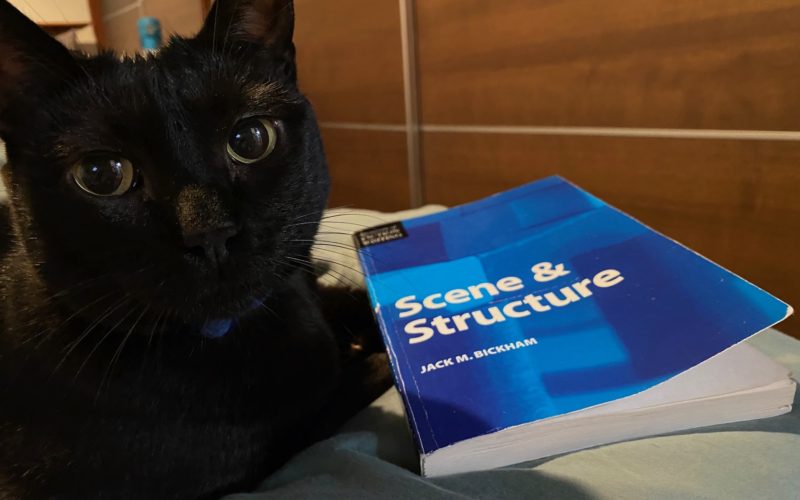
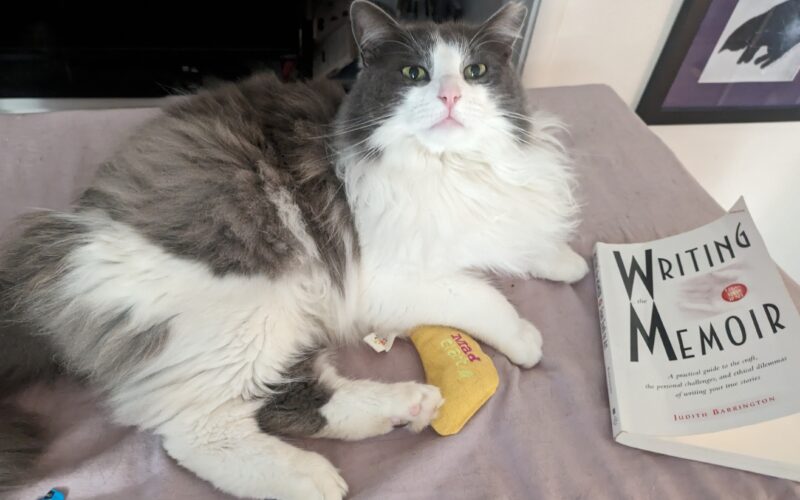
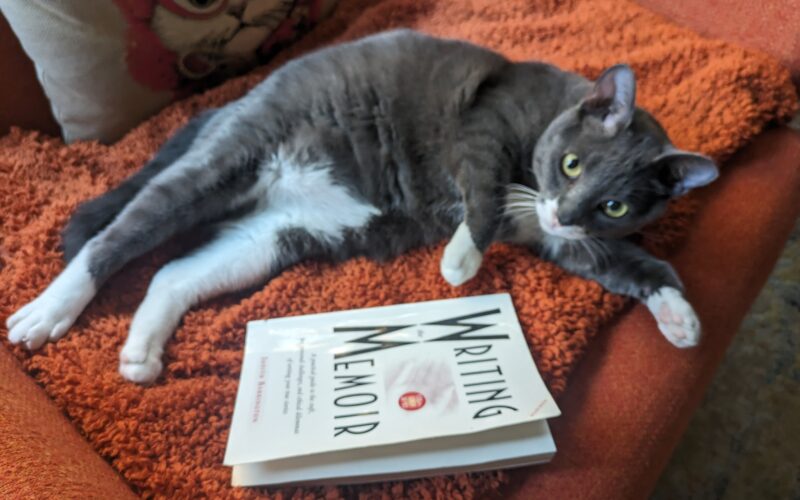
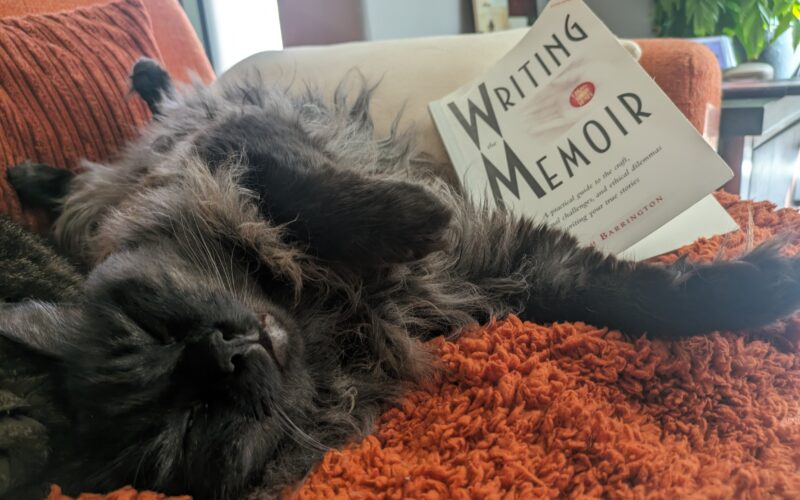
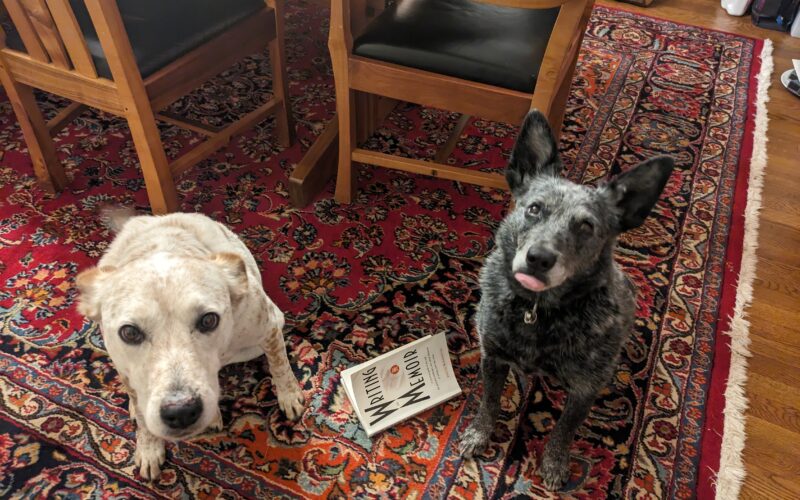
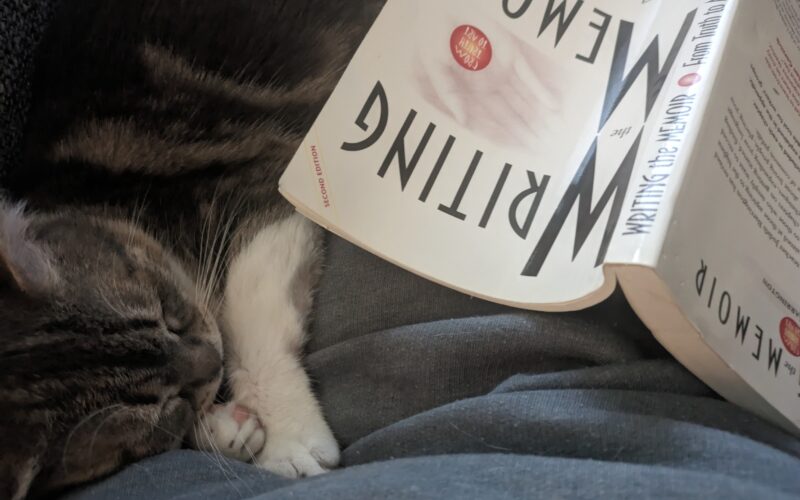
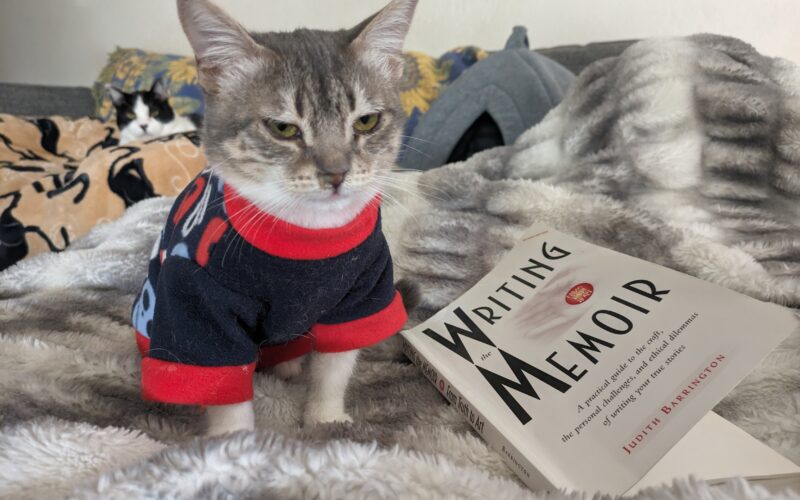
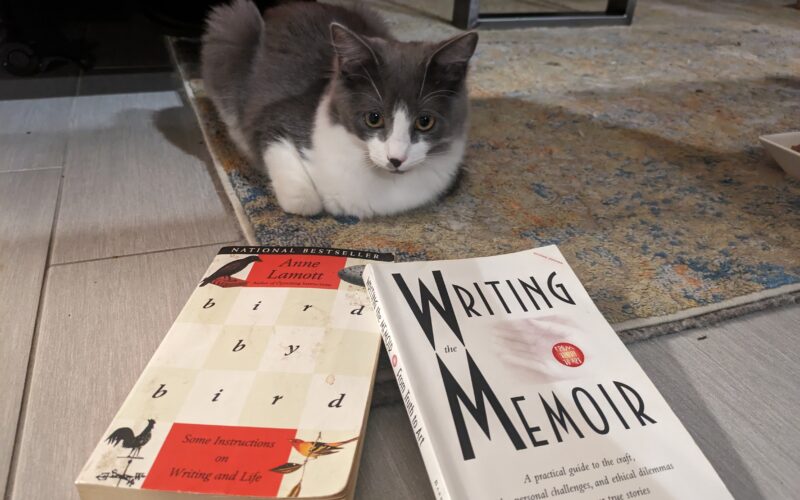
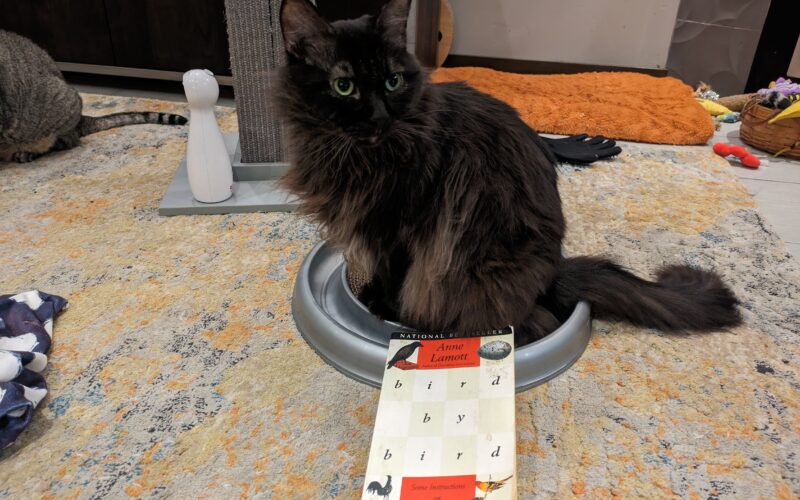
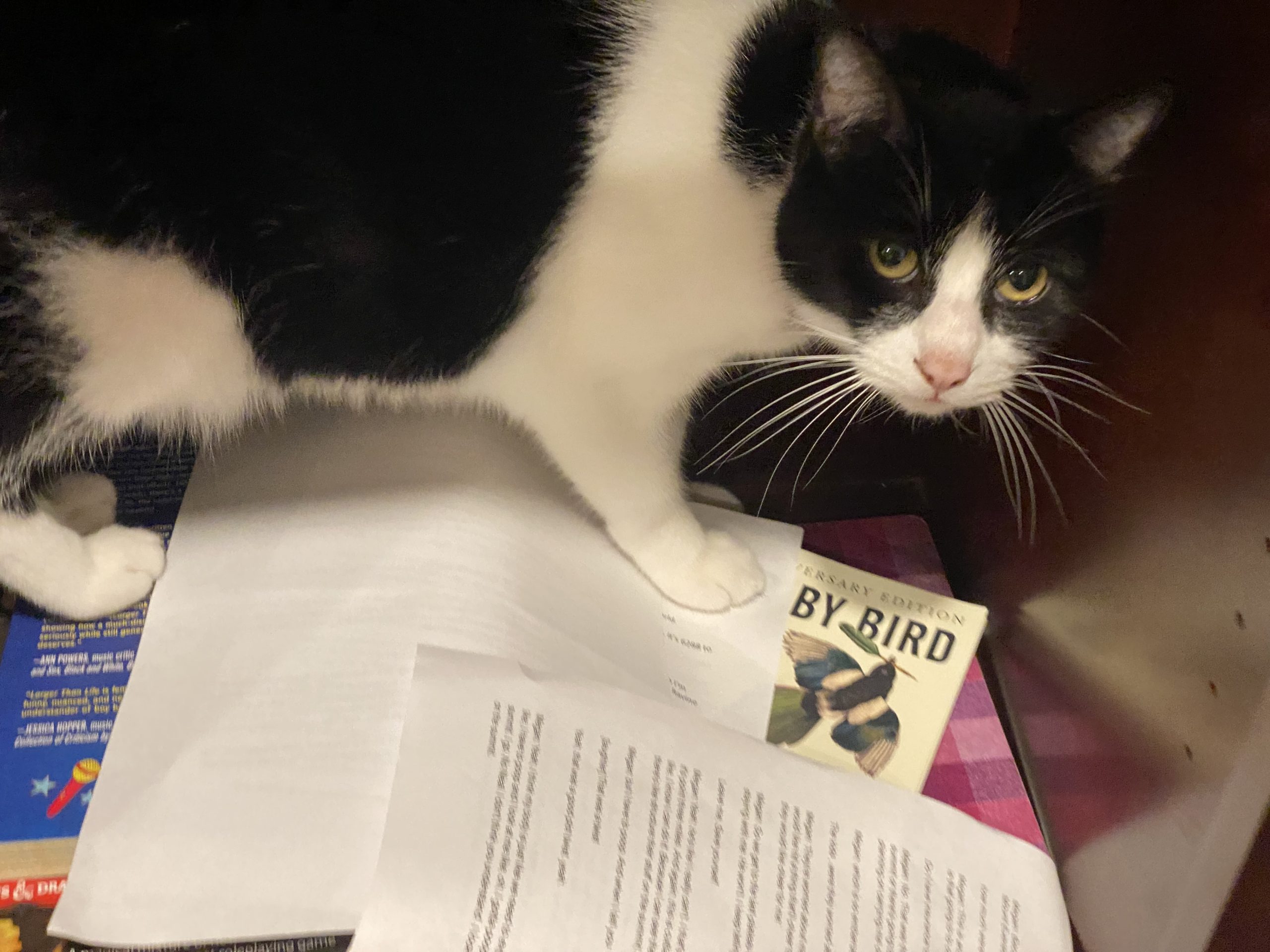
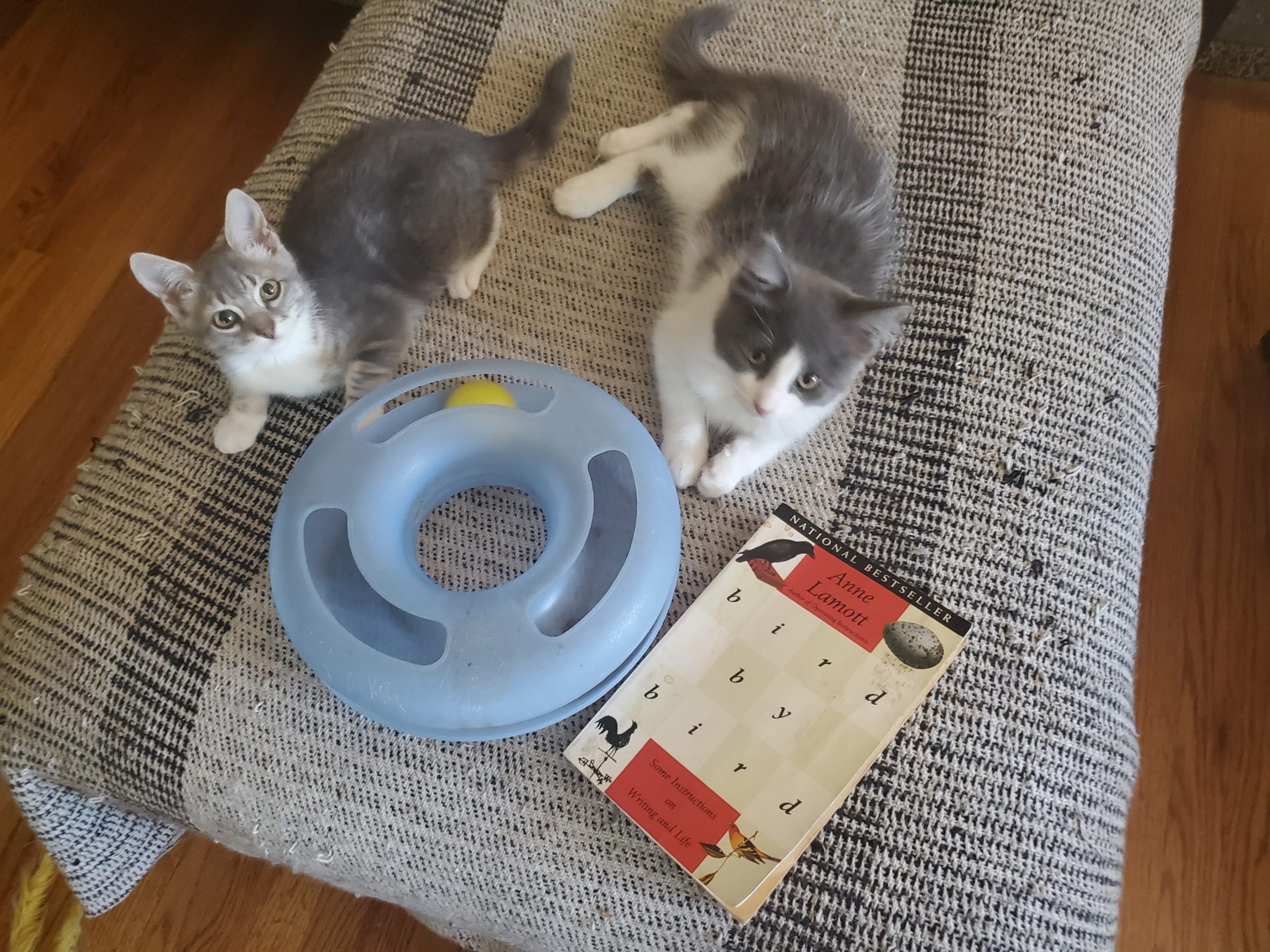
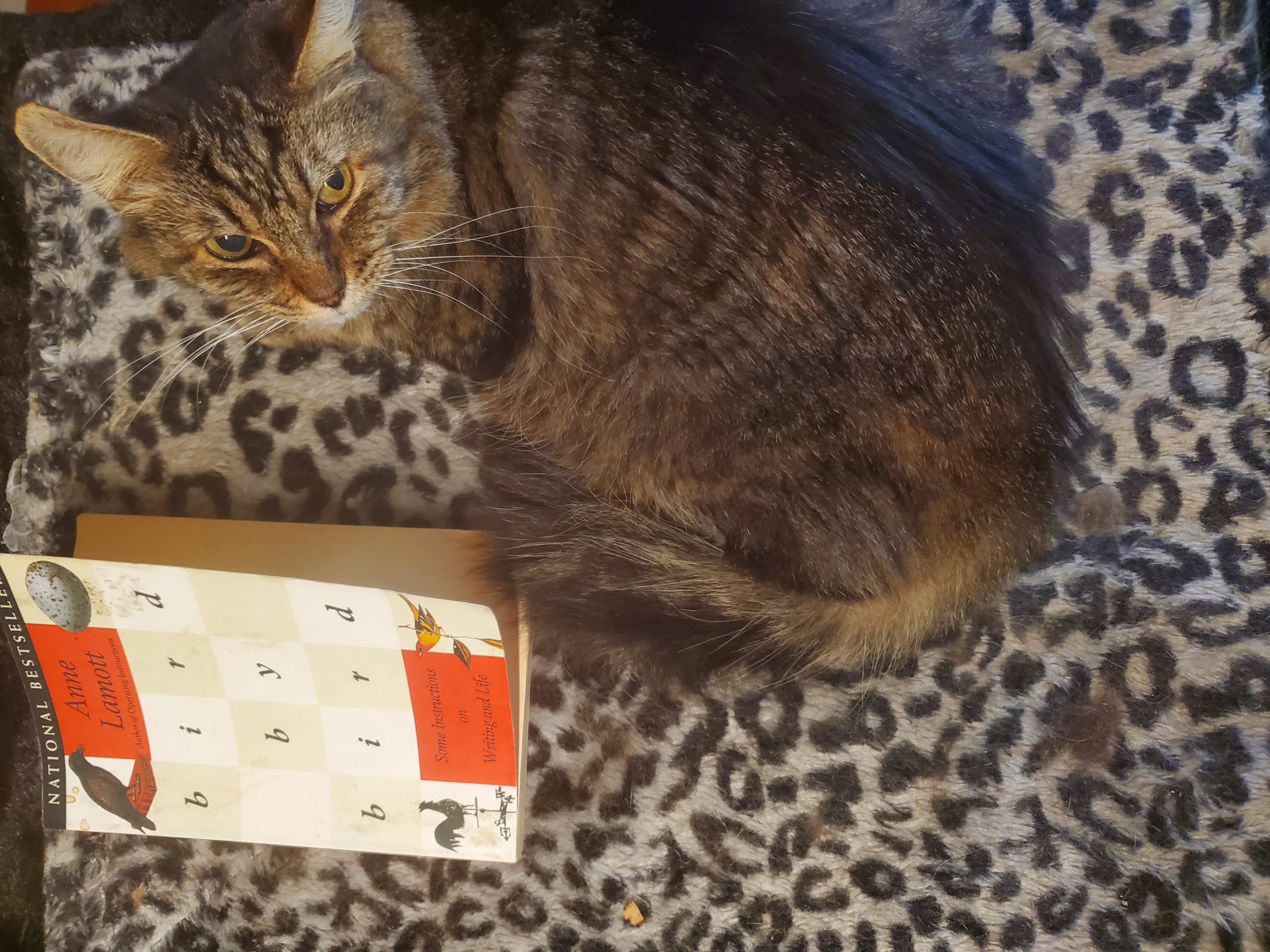
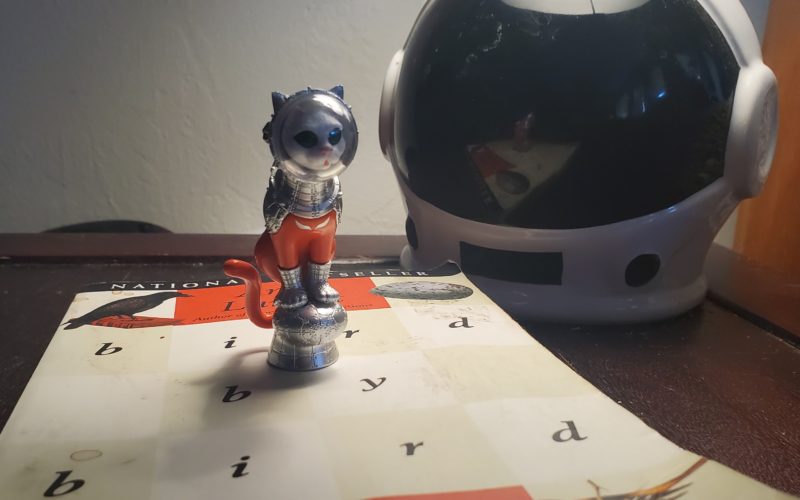
The Secret to Getting Your Short Stories Publish
Okay, maybe that's a bit of hyperbole, but not by much. In this stand alone episode we talk with Erik Klass, the entrepreneurial editor behind the submission service Submitit...